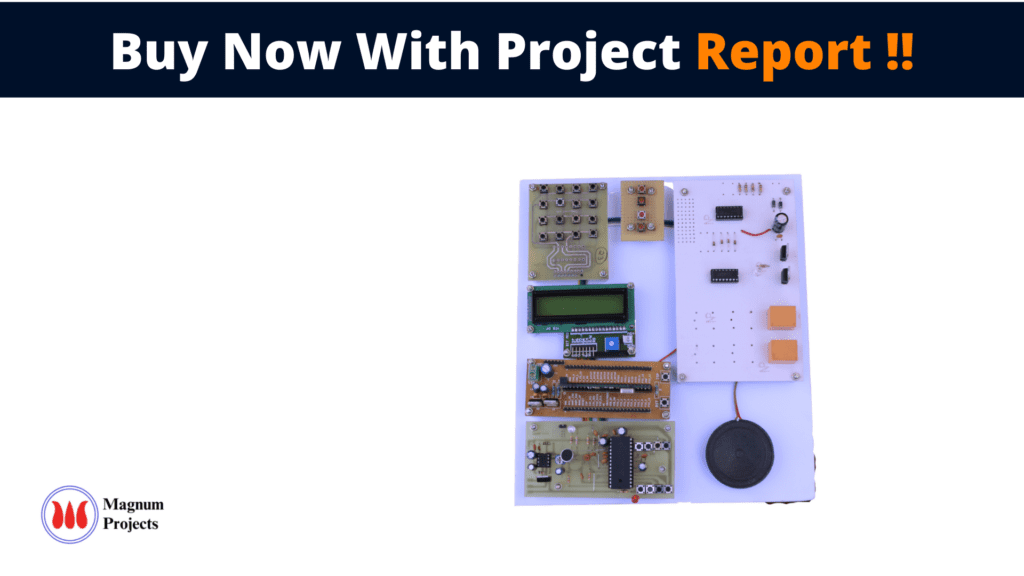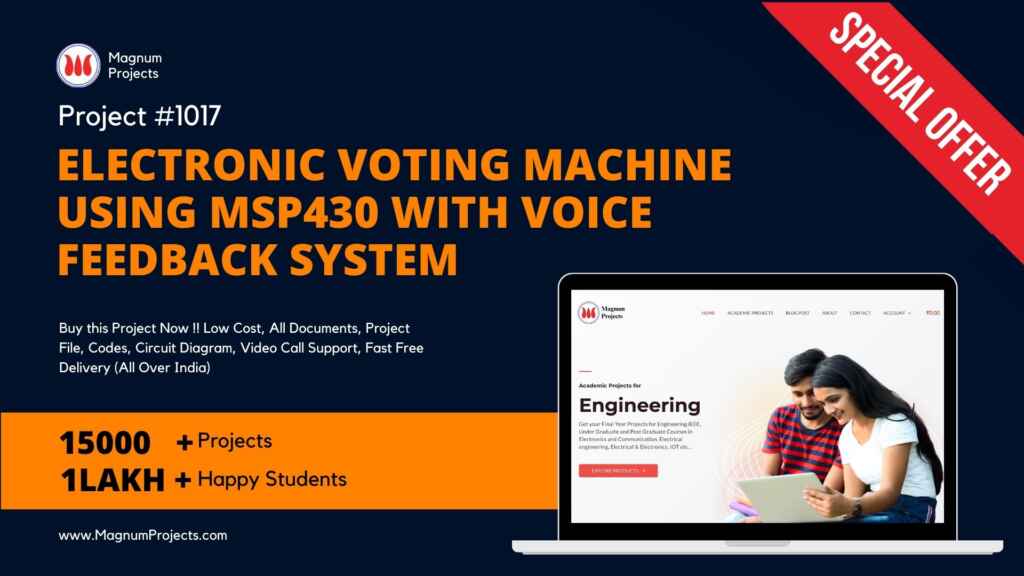Table of Contents
Introduction:

Voting machines are the total combination of mechanical, electromechanical, or electronic equipment (including software, firmware, and documentation required to program control and support equipment), that is used to define ballots; cast and count votes; to report or display election results; and to maintain and produce any audit trail information. The first voting machines were mechanical but it is increasingly more common to use electronic voting machines.
Electronic voting (also known as e-voting) is voting using electronic systems to aid the casting and counting of votes. Electronic voting technology can include punched cards, optical scan voting systems, and specialized voting kiosks (including self-contained direct-recording electronic voting systems, or DRE). It can also involve the transmission of ballots and votes via telephones, private computer networks, or the Internet.
In general, two main types of e-Voting can be identified:
- e-voting which is physically supervised by representatives of governmental or independent electoral authorities (e.g. electronic voting machines located at polling stations);
- remote e-Voting is where voting is performed within the voter’s sole influence and is not physically supervised by representatives of governmental authorities (e.g. voting from one’s personal computer, mobile phone, or television via the internet (also called i-voting).
Electronic voting technology can speed up the counting of ballots and can provide improved accessibility for disabled voters. However, there has been contention, especially in the United States, that electronic voting, especially DRE voting, could facilitate electoral fraud.
Electronic Voting Machines (“EVM”) are being used in Indian General and State Elections to implement electronic voting in part from 1999 elections and in total since the 2004 elections.

Block Diagram Explanation:
Power supply unit
This section needs two voltages viz., +12 V & +5 V, as working voltages. Hence specially designed power supply is constructed to get regulated power supplies.
Switches:
In electrical engineering, a switch is an electrical component that can break an electrical circuit, interrupting the current or diverting it from one conductor to another. A switch may be directly manipulated by a human as a control signal to a system. Automatically operated switches can be used to control the motions of machines.
4X4 Keypad:
A keypad is a set of buttons arranged in a block or “pad” which usually bears digits, symbols, and usually a complete set of alphabetical letters. If it mostly contains numbers then it can also be called a numeric keypad. Keypads are found on many alphanumeric keyboards and on other devices such as calculators, push-button telephones, combination locks, and digital door locks, which require mainly numeric input.
MSP 430 Microcontroller:
MSP low-power microcontrollers (MCUs) from Texas Instruments (TI) are RISC-based, mixed-signal processors that include smart analog and digital peripherals and offer several additional options such as low-power embedded RF and security such as AES encryption. MSP microcontrollers offer the ultimate solution for a wide range of low-power and portable applications.
Buffers
Buffers do not affect the logical state of a digital signal (i.e. a logic 1 input results in a logic 1 output whereas logic 0 input results in a logic 0 output). Buffers are normally used to provide extra current drive at the output but can also be used to regularize the logic present at an interface
Drivers
This section is used to drive the relay where the output is the complement of input which is applied to the drive but the current will be amplified.
Relays
It is an electromagnetic device that is used to drive the load connected across the relay and the o/p of the relay can be connected to the controller or load for further processing.
Buzzer:
A buzzer or beeper is an audio signaling device, which may be mechanical, electromechanical, or piezoelectric. Typical uses of buzzers and beepers include alarm devices, timers, and confirmation of user input such as a mouse click or keystroke.
Voice chip:
The aPR33A series are powerful audio processors along with high-performance audio analog-to-digital converters (ADCs) and digital-to-analog converters (DACs). The aPR33A series is a fully integrated solution offering high performance and unparalleled integration with analog input, digital processing, and analog output functionality. High-quality audio/voice systems with lower bill-of-material costs can be implemented with the aPR33A series because of its integrated analog data converters and a full suite of quality-enhancing features such as sample-rate converters.
In this messages must be recorded or played back sequentially, specially designed for simple key triggers, the user can record and playback the message. Meanwhile, this mode provides a power-management system.
Methodology:
This project is developed to improvise the present voting technique by electronics. The main modules in this project are a 4X4 Keypad, Switches, and an MSP430 controller unit with LCD and output.
The transmitter will be there in Election Voting Center… The transmitter module has a 4X4 Keypad for password entry because each person should have a unique password for voting. After entering the password, if the password is correct then he can vote for his favorite party by switching the appropriate switch, at this level voting for that particular person has finished. After pressing the switch that information will send to MSP430 then the MSP430 controller analyses the signal and then it provides one voice announcement like Thank You for Voting. After receiving the signal from the switch the MSP430 controller will activate the Buzzer or DC Motor or Visual Indication based on the application.
Advantages:
- Electronic voting machines can be made fully accessible for persons with disabilities.
- Electronic voting machines can provide immediate feedback to the voter detecting such possible problems as under-voting and over-voting which may result in a spoiled ballot. This immediate feedback can be helpful in successfully determining voter intent.
- Environmental effects of EVMs: For each national election alone it is estimated that about 10,000 tons of ballot paper (roughly 200,000 trees) would be saved. Invalid votescan be reduced by the use of EVMs.
- Bogus voting can be greatly reduced by the use of EVMs.
- It will be easier to transport the EVMs compared to ballot boxes as EVMs are lighter, portable, and come with polypropylene carrying cases.
- The vote countingis very fast and the result can be declared within 2 to 3 hours as compared to 30–40 hours, on average, under the ballot-paper system.
- The EVMs reduce the time in both casting a vote and declaring the results compared to the old paper ballot system.
Disadvantages:
- Cost-effective.
- Not useful unless all countries adopt it.
Applications:
- This project can be implemented in Schools, Colleges, and Companies for any stream.
- Restricted places for election voting.
- Wherever secrecy is important there we can use it.




